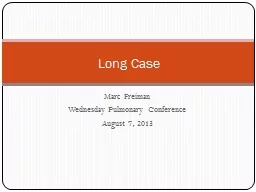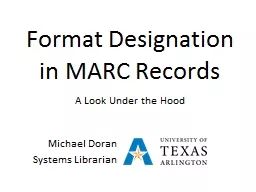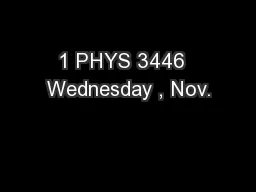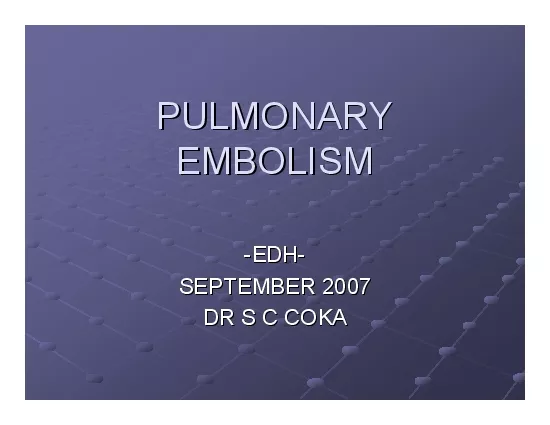PPT-Marc Freiman Wednesday Pulmonary Conference
Author : giovanna-bartolotta | Published Date : 2020-04-10
August 7 2013 Long Case HPI 50 yo woman from the Dominican republic presenting to pulmonary clinic for cough 45 years Symptoms may have started after a cold Worse
Presentation Embed Code
Download Presentation
Download Presentation The PPT/PDF document " Marc Freiman Wednesday Pulmonary Confer..." is the property of its rightful owner. Permission is granted to download and print the materials on this website for personal, non-commercial use only, and to display it on your personal computer provided you do not modify the materials and that you retain all copyright notices contained in the materials. By downloading content from our website, you accept the terms of this agreement.
Marc Freiman Wednesday Pulmonary Conference: Transcript
Download Rules Of Document
" Marc Freiman Wednesday Pulmonary Conference"The content belongs to its owner. You may download and print it for personal use, without modification, and keep all copyright notices. By downloading, you agree to these terms.
Related Documents














